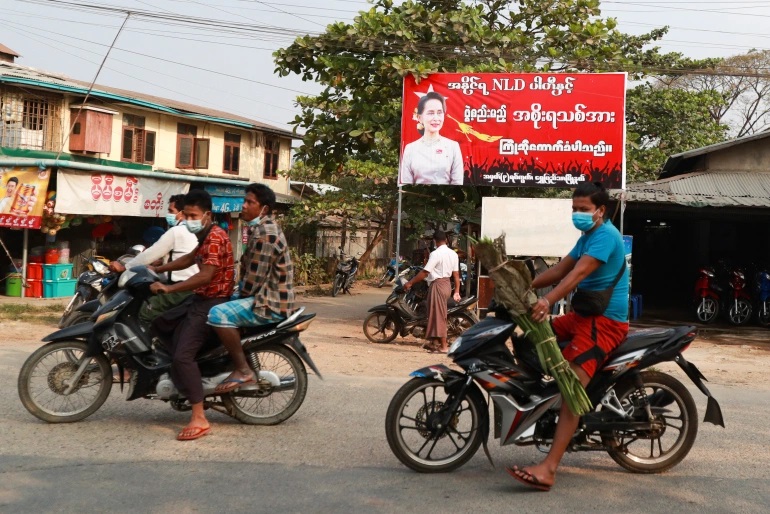
Wheat rotting after a bumper harvest
14 June 2012. India now has greater stockpile of grains than any other country in the world except China. This was the result of agricultural innovation and generous farm subsidies. It exports grains to countries like Saudi Arabia and Australia. Yet one fifth of its people are malnourished – this is twice the rate of other developing countries like Vietnam. This is the result of pervasive corruption, mismanagement and waste.
The lawmakers, advocates for the poor, economists and the news media are increasingly calling for an overhaul of the food policies. The government is considering additional laws that would also allow the poor to buy more rice and wheat at lower prices.
Still a lot of grain is wasted due to want of adequate storage facilities. But critics say that without fundamental reforms, the extra money will only deepen the nation’s budget deficit and further enrich the corrupt officials who routinely steal food from various levels of the distribution chain.
India’s food policy has two central goals: to provide farmers with higher and more consistent prices for their crops than they would get from the open market, and to sell food grains to the poor at lower prices than they would pay at private stores.
The federal government buys grain and stores it. Each state can take a certain amount of grain from these stocks based on how many of its residents are poor. The states deliver the grain to subsidized shops and decide which families get the ration cards that allow them to buy cheap wheat and rice there. But the management of the whole system is inefficient and corrupt.
The sprawling system costs the government 750 billion rupees ($13.6 billion) a year, almost 1 percent of India’s gross domestic product. Despite a 50% increase in food production in the last two decades, the country’s 21% of the population remain undernourished, according to the International Food Policy Research Institute, a research group in Washington.
The new food security law could more than double the government’s outlays to 2 trillion rupees a year, according to some estimates.
As of early May, the government had a stockpile of 71 million tons. This is 20% more than the previous year’s stockpile. A recent World Bank study says that only 41.4 percent of the grain picked up by the states from federal warehouses reaches Indian homes. The rest goes into the pockets of corrupt politicians and officials all along the chain, from warehouse managers to shopkeepers, steal food and sell it to traders, pocketing tidy, illicit profits.
Poor Indians who have ration cards often complain about both the quality and quantity of grain available at government stores, called fair price shops.
Some families do not even have ration cards because of the procedure and often the bribes required to get them. Some are denied because they cannot document their residence or income. And critics say more people would qualify if the income cut-off were raised. In New Delhi, it is 2,000 rupees ($36) a month, regardless of family size, a sum that many poor families spend on rent alone.
Indian officials say they are addressing the system’s problems. Some states, like Tamil Nadu and Chhattisgarh, have made big improvements by using technology to track food and have made it easier for almost all households to get ration cards. Other states, like Bihar, have experimented with food stamps.
Reformers argue that India should move toward giving the poor cash or food stamps as the United States, Mexico and other countries have done. That would reduce corruption and mismanagement because the government would buy and store only enough grain to insure against bad harvests.
Everybody, including the Minister for food K.V.Thomas, agrees that the system has to improve.
Officials say Parliament is likely to vote on a new food policy at the end of the year. In the meantime, the government is working on temporary solutions to its grain storage problems, putting up new silos and exporting more rice.














